[最も共有された! √] adashare learning what to share for efficient deep multi-task learning 109026
I am a Research Staff Member at MITIBM Watson AI Lab, Cambridge, where I work on solving real world problems using computer vision and machine learning In particular, my current focus is on learning with limited supervision (transfer learning, fewshot learning) and dynamic computation for several computer vision problemsAdaShare Learning What To Share For Efficient Deep MultiTask Learning AdaShare is a novel and differentiable approach for efficient multitask learning that learns the feature sharing pattern to achieve the best recognition accuracy, while restricting the1Boston University, 2MITIBM Watson AI Lab, IBM Research {sunxm, saenko}@buedu, {rpanda@, rsferis@us}ibmcom Abstract Multitask learning is an open and challenging problem in computer vision

Adashare Learning What To Share For Efficient Deep Multi Task Learning Arxiv Vanity
Adashare learning what to share for efficient deep multi-task learning
Adashare learning what to share for efficient deep multi-task learning- 이번에는 NIPS Poster session에 발표된 논문인 AdaShare Learning What To Share For Efficient Deep MultiTask Learning 을 리뷰하려고 합니다 논문은 링크를 참조해주세요 Background and IntroductioAdaShare Learning What To Share For Efficient Deep MultiTask Learning Ximeng Sun 1Rameswar Panda 2Rogerio Feris Kate Saenko;




Learned Weight Sharing For Deep Multi Task Learning By Natural Evolution Strategy And Stochastic Gradient Descent Deepai
6 Dec Why Cities Lose The Deep Roots of the UrbanRural Political Divide;Abstract Multitask learning is an open and challenging problem in computer vision The typical way of conducting multitask learning with deep neural networks is either through handcrafted schemes that share all initial layers and branch out at an adhoc point, or through separate taskspecific networks with an additional feature sharing/fusion mechanism AdaShare Learning What To Share For Efficient Deep MultiTask Learning #1517 Open icoxfog417 opened this issue 1 comment Open AdaShare Learning What To Share For Efficient Deep MultiTask Learning #1517 icoxfog417 opened this issue 1 comment Labels CNN ComputerVision Comments
Guo et al, CVPR 19 Data Efficiency Transfer Learning §Finetuning is arguably the most widely used approach for transfer learning §Existing methods are adhoc in terms of determining where to fine tune in a deep neural network (eg, finetuning last k layers) §We propose SpotTune, a method that automatically decides, per training example, which layers of a pretrained model9 Dec Sociology Seminar Series;Ximeng Sun, Rameswar Panda, Rogerio Feris, and Kate Saenko Adashare Learning what to share for efficient deep multitask learning arXiv preprint arXiv, 19 Google Scholar
Multitask learning is an open and challenging problem in computer vision The typical way of conducting multitask learning with deep neural networks is either through handcrafted schemes that share all initial layers and branch out at an adhoc point, or through separate taskspecific networks with an additional feature sharing/fusion mechanismHongyan Tang, Junning Liu, Ming Zhao, and Xudong Gong Progressive Layered Extraction (PLE) A Novel MultiTask Learning (MTL) Model for Personalized RecommendationsMultitask learning aims to improve generalization performance of multiple prediction tasks by appropriately sharing relevant information across them In the context of deep neural networks, this idea is often realized by handdesigned network architectures with layers that are shared across tasks and branches that encode taskspecific features However, the space of possible multi




D How To Do Multi Task Learning Intelligently Machinelearning




Pdf Stochastic Filter Groups For Multi Task Cnns Learning Specialist And Generalist Convolution Kernels
AdaShare Learning what to share for efficient deep multitask learning In Advances in Neural Information Processing Systems, Shikun Liu, Edward Johns, and Andrew J Davison Endtoend multitask learning with attention In IEEE Conference on Computer Vision and Pattern Recognition, 199 Dec AIR Seminar "AdaShare Learning What To Share For Efficient Deep MultiTask Learning" 9 Dec Poster Session "Computational Tools for Data Science"AdaShare Learning What To Share For Efficient Deep MultiTask Learning Introduction Hardparameter Sharing AdvantagesScalable DisadvantagesPreassumed tree structures, negative transfer, sensitive to task weights Softparameter Sharing AdvantagesLessnegativeinterference (yet existed), better performance Disadvantages Not Scalable



Rpand002 Github Io




Deep Multi Task Learning With Flexible And Compact Architecture Search Springerlink
Multitask learning is an open and challenging problem in computer vision The typical way of conducting multitask learning with deep neural networks is either through handcrafting schemes that share all initial layers and branch out at an adhoc point or through using separate taskspecific networks with an additional feature sharing/fusion mechanism Learning Multiple Tasks with Deep Relationship Networks arxiv https Parameter Efficient Multitask And Transfer Learning intro The University of Chicago & Google;We propose a principled approach to multitask deep learning which weighs multiple loss functions by considering the homoscedastic uncertainty of each task



Dl Acm Org




Home Rogerio Feris
Multiview surveillance video summarization via joint embedding and sparse optimization Adashare Learning what to share for efficient deep multitask learning X Sun, R Panda, R Feris, K Saenko 19 Arnet Adaptive frame resolution for efficient action recognition Y Meng, CC Lin, R Panda, P Sattigeri, L Karlinsky, A Oliva, K SaenkoAdaShare Learning What To Share For Efficient Deep MultiTask Learning (Supplementary Material) X Sun, R Panda, R Feris, K Saenko The system can't perform the operation nowAdashare Learning what to share for efficient deep multitask learning arXiv preprint arXiv (19) Google Scholar;




Kate Saenko On Slideslive




Pdf Adashare Learning What To Share For Efficient Deep Multi Task Learning Semantic Scholar
9 Dec AIR Seminar "AdaShare Learning What To Share For Efficient Deep MultiTask Learning" 9 Dec Poster Session "Computational Tools for Data Science" 10 Dec Writing Business Proposals – A Seminar for FacultyAdaShare Learning What To Share For Efficient Deep MultiTask Learning Ximeng Sun, Rameswar Panda, Rogerio Feris, Kate Saenko Neural Information Processing Systems (NeurIPS), Project Page Supplementary Material AdaShare Learning What To Share For Efficient Deep MultiTask Learning Ximeng Sun, Rameswar Panda, Rogerio Feris, Kate Saenko link 49 Residual Distillation Towards Portable Deep Neural Networks without Shortcuts Guilin Li, Junlei Zhang, Yunhe Wang, Chuanjian Liu, Matthias Tan, Yunfeng Lin, Wei Zhang, Jiashi Feng, Tong Zhang link 50




Adashare Learning What To Share For Efficient Deep Multi Task Learning




Adashare Learning What To Share For Efficient Deep Multi Task Learning Deepai
Hierarchical Granularity Transfer Learning Learning (3 days ago) Review 2 Summary and Contributions This paper introduces a new Hierarchical Granularity Transfer Learning (HGTL) task which targets to recognize subcategories with only provided basic level annotations and extra semantic descriptions of hierarchical categoriesThe task is related to the domain adaption and1Boston University, 2MITIBM Watson AI Lab, IBM Research {sunxm, saenko}@buedu, {rpanda@, rsferis@us}ibmcom Abstract Multitask learning is an open and challenging problem in computer vision Multitask learning (Caruana, 1997) has experienced rapid growth in recent years Because of the breakthroughs in the performance of individually trained singletask neural networks, researchers have shifted their attention towards training networks that are able to solve multiple tasks at the same timeOne clear benefit of such a system is reduced latency where




Pdf Adashare Learning What To Share For Efficient Deep Multi Task Learning Semantic Scholar




Ximeng Sun Catalyzex
Clustered multitask learning A convex formulation In NIPS, 09 • 23 Zhuoliang Kang, Kristen Grauman, and Fei Sha Learning with whom to share in multitask feature learning In ICML, 11 • 31 Shikun Liu, Edward Johns, and Andrew J Davison Endtoend multitask learning with attention In CVPR, 19Many task learning with task routing In Proc 19 IEEE Int Conf on Computer Vision (ICCV'19), pages , 19 Google Scholar Cross Ref; Multitask learning is an open and challenging problem in computer vision The typical way of conducting multitask learning with deep neural networks is either through handcrafted schemes that share all initial layers and branch out at an adhoc point, or through separate taskspecific networks with an additional feature sharing/fusion mechanism Unlike




Adashare Learning What To Share For Efficient Deep Multi Task Learning




Adashare Learning What To Share For Efficient Deep Multi Task Learning
In this paper, we propose a novel multitask deep learning (MTDL) algorithm for cancer classification The structure of the network is shown in Fig 3The proposed MTDL shares information across different tasks by setting a shared hidden unitsIn Fig 3, the red shapes signify shared hidden units of all the task sources in each layer, and the triangle, square and pentagonMultitask learning is an open and challenging problem in computer vision Unlike existing methods, we propose an adaptive sharing approach, called AdaShare, that decides what to share across which tasksPerforming inference on deep learning models for videos remains a challenge due to the large amount of computational resources required to achieve robust recognition An inherent property of realworld videos is the high correlation of information across frames which can translate into redundancy in either temporal or spatial feature maps of




Rogerio Feris On Slideslive



Rpand002 Github Io
AdaShare Learning What To Share For Efficient Deep MultiTask Learning X Sun, R Panda, R Feris, and K Saenko NeurIPS See also Fullyadaptive Feature Sharing in MultiTask Networks (CVPR 17) Project PageLearning What To Share For Efficient Deep MultiTask Learning AdaShare is a novel and differentiable approach for efficient multitask learning that learns the feature sharing pattern to achieve the best recognition accuracy 10 August 21 Load More s AdaShare Learning What To Share For Efficient Deep MultiTask Learning ∙ by Ximeng Sun, et al ∙ 0 ∙ share Multitask learning is an open and challenging problem in computer visionThe typical way of conducting multitask learning with deep neural networks is either through handcrafting schemes that share all initial layers and branch out at an




Kdst Adashare Learning What To Share For Efficient Deep Multi Task Learning Nips 논문 리뷰




Pdf Adashare Learning What To Share For Efficient Deep Multi Task Learning Semantic Scholar
6 Dec Managing Misinformation About Science;Request PDF AdaShare Learning What To Share For Efficient Deep MultiTask Learning Multitask learning is an open and challenging problem inMultitask learning is an open and challenging problem in computer vision The typical way of conducting multitask learning with deep neural networks is either through handcrafting schemes that share all initial layers and branch out at an adhoc point or through using separate taskspecific networks with an additional feature sharing/fusion mechanism Unlike existing methods, we



Cs People Bu Edu



Openreview Net
Multitask learning is an open and challenging problem in computer vision The typical way of conducting multitask learning with deep neural networks is either through handcrafted schemes that share all initial layers and branch out at an adhoc point, or through separate taskspecific networks with an additional feature sharing/fusion mechanismLarge Scale Neural Architecture Search with Polyharmonic Splines AAAI Workshop on MetaLearning for Computer Vision, 21 X Sun, R Panda, R Feris, and K Saenko AdaShare Learning What to Share for Efficient Deep MultiTask Learning Conference on Neural Information Processing Systems (NeurIPS )Multitask learning (MTL), which focuses on simultaneously solving multiple related tasks, has attracted much attention in the recent years In the context of deep neural networks, a fundamental challenge of MTL is deciding what to share across which tasks for efficient learning of multiple tasks Our results show that AdaShare outperforms



Arxiv Org



Adashare Learning What To Share For Efficient Deep Multi Task Learning Pythonrepo
A list of multitask learning papers and projects forked Forked wac81/MultitaskLearning on mbs0221/MultitaskLearning wac81/MultitaskLearning Abstract Multitask learning is an open and challenging problem in computer vision The typical way of conducting multitask learning with deep neural networks is either through handcrafted schemes that share all initial layers and branch out at an adhoc point, or through separate taskspecific networks with an additional feature sharing/fusion mechanismAdaShare Learning What To Share For Efficient Deep MultiTask Learning Ximeng Sun 1Rameswar Panda 2Rogerio Feris Kate Saenko;



Proceedings Mlr Press




Auto Virtualnet Cost Adaptive Dynamic Architecture Search For Multi Task Learning Sciencedirect
Arxiv https AdaShare Learning What To Share For Efficient Deep MultiTask Learning intro Boston University & IBM Research & MITIBM Watson AI LabMultitask learning is an open and challenging problem in computer vision The typical way of conducting multitask learning with deep neural networks is either through handcrafted schemes that share all initial layers and branch out at an adhoc point, or through separate taskspecific networks with an additional feature sharing/fusion mechanism



Cs Columbia Edu




Adashare Learning What To Share For Efficient Deep Multi Task Learning Arxiv Vanity



Computer Vision Archives Mit Ibm Watson Ai Lab




Adashare Learning What To Share For Efficient Deep Multi Task Learning



Proceedings Mlr Press
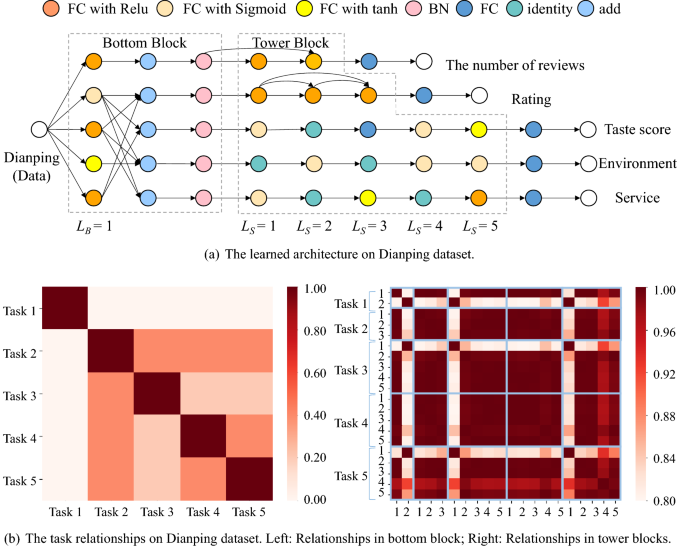



Deep Multi Task Learning With Flexible And Compact Architecture Search Springerlink



Emc2 Ai Org




Pdf Adashare Learning What To Share For Efficient Deep Multi Task Learning Semantic Scholar



Openaccess Thecvf Com




Dselect K Differentiable Selection In The Mixture Of Experts With Applications To Multi Task Learning Arxiv Vanity




Rethinking Hard Parameter Sharing In Multi Task Learning Deepai




Multi Task Learning With Deep Neural Networks A Survey Arxiv Vanity
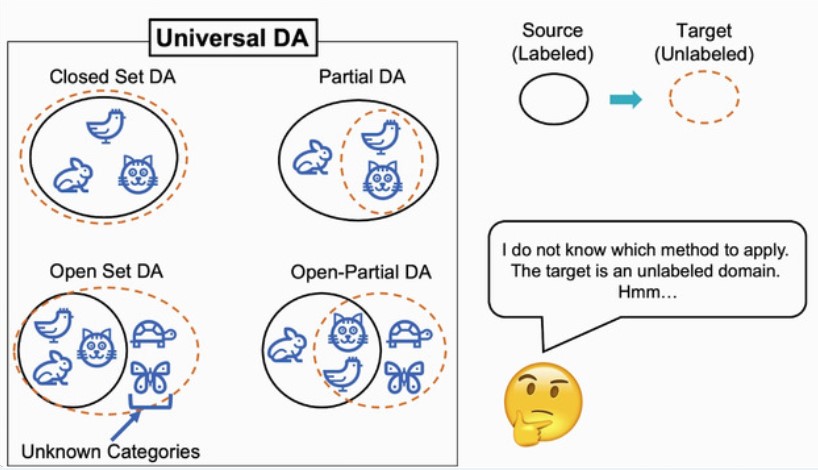



Kate Saenko Proud Of My Wonderful Students 5 Neurips Papers Come Check Them Out Today Tomorrow At T Co W5dzodqbtx Details Below Buair2 Bostonuresearch



Github Manchery Awesome Multi Task Learning 21 Up To Date List Of Papers On Multi Task Learning Mtl Mainly For Computer Vision



Openaccess Thecvf Com
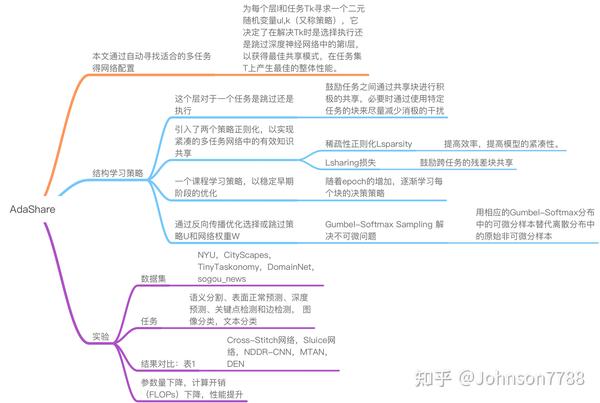



Adashare 高效的深度多任务学习 知乎



Cs Columbia Edu




Deep Multi Task Learning With Flexible And Compact Architecture Search Springerlink




Pdf Adashare Learning What To Share For Efficient Deep Multi Task Learning Semantic Scholar



Cvpr Dira Lipingyang Org
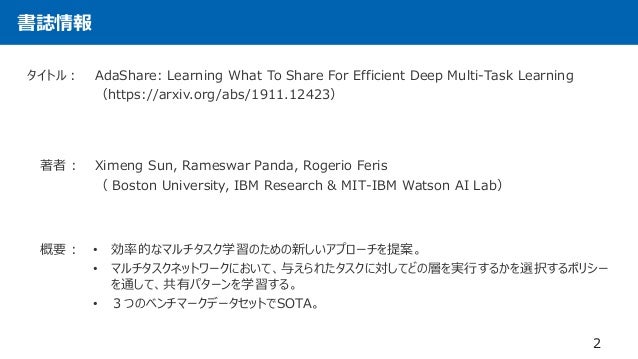



Dl輪読会 Adashare Learning What To Share For Efficient Deep Multi Task



Arxiv Org



Emc2 Ai Org




D How To Do Multi Task Learning Intelligently Machinelearning




Learned Weight Sharing For Deep Multi Task Learning By Natural Evolution Strategy And Stochastic Gradient Descent Deepai



Multimodal Learning Archives Mit Ibm Watson Ai Lab
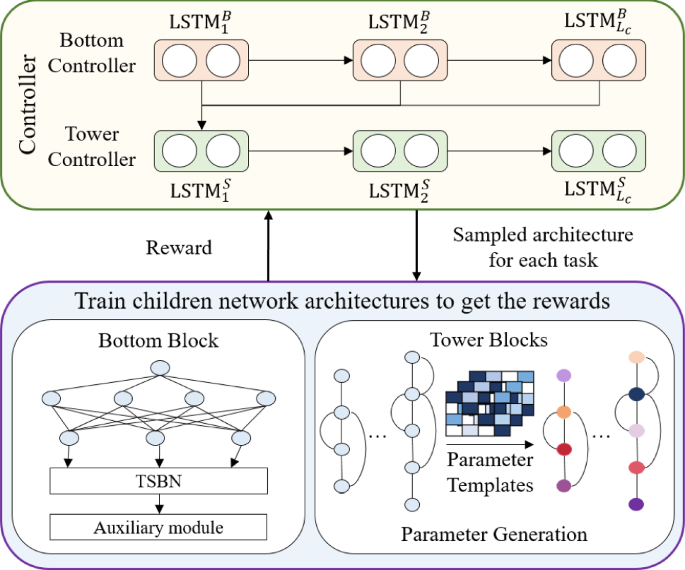



Deep Multi Task Learning With Flexible And Compact Architecture Search Springerlink
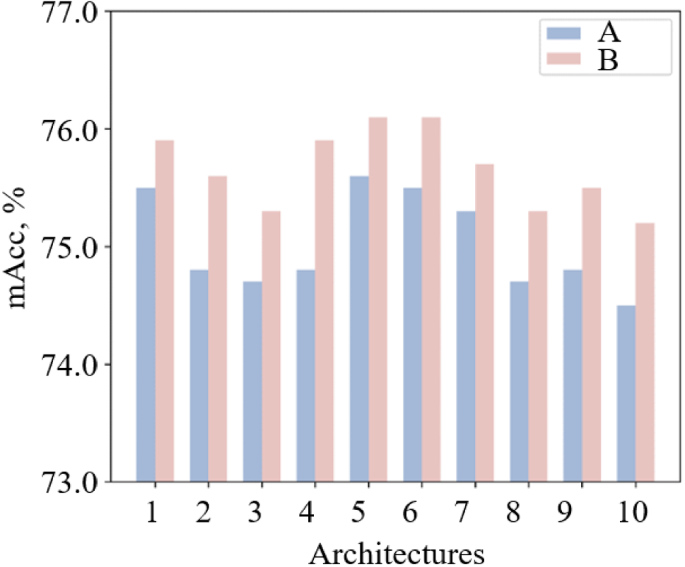



Deep Multi Task Learning With Flexible And Compact Architecture Search Springerlink




Adashare Learning What To Share For Efficient Deep Multi Task Learning Arxiv Vanity



Proceedings Mlr Press



Emc2 Ai Org




Rethinking Hard Parameter Sharing In Multi Task Learning Deepai




Pdf Dselect K Differentiable Selection In The Mixture Of Experts With Applications To Multi Task Learning



Cs People Bu Edu
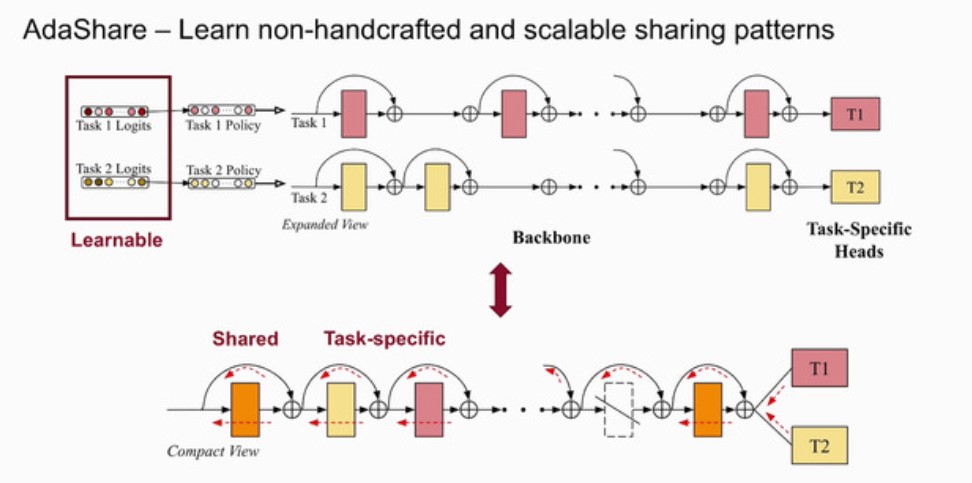



Kate Saenko Proud Of My Wonderful Students 5 Neurips Papers Come Check Them Out Today Tomorrow At T Co W5dzodqbtx Details Below Buair2 Bostonuresearch



Arxiv Org
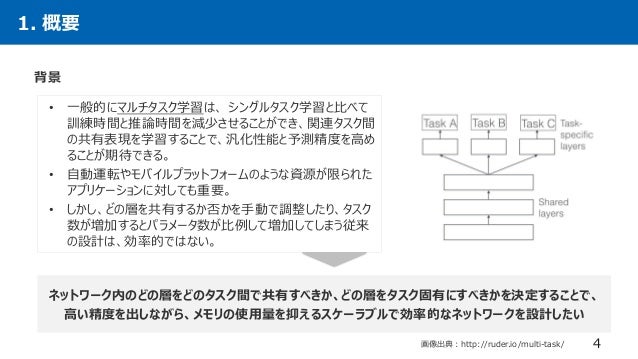



Dl輪読会 Adashare Learning What To Share For Efficient Deep Multi Task



Cs People Bu Edu



Cs People Bu Edu



Dl Acm Org



Rpand002 Github Io




Pdf Adashare Learning What To Share For Efficient Deep Multi Task Learning Semantic Scholar




Pdf Dselect K Differentiable Selection In The Mixture Of Experts With Applications To Multi Task Learning




Adashare Learning What To Share For Efficient Deep Multi Task Learning




Adashare Learning What To Share For Efficient Deep Multi Task Learning Deepai



Cs People Bu Edu




Adashare Learning What To Share For Efficient Deep Multi Task Learning Pythonrepo
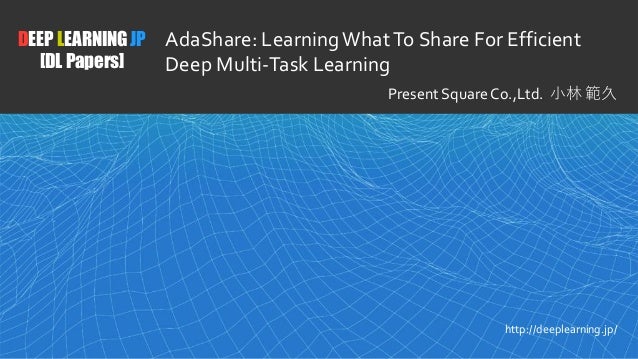



Dl輪読会 Adashare Learning What To Share For Efficient Deep Multi Task




D How To Do Multi Task Learning Intelligently Machinelearning
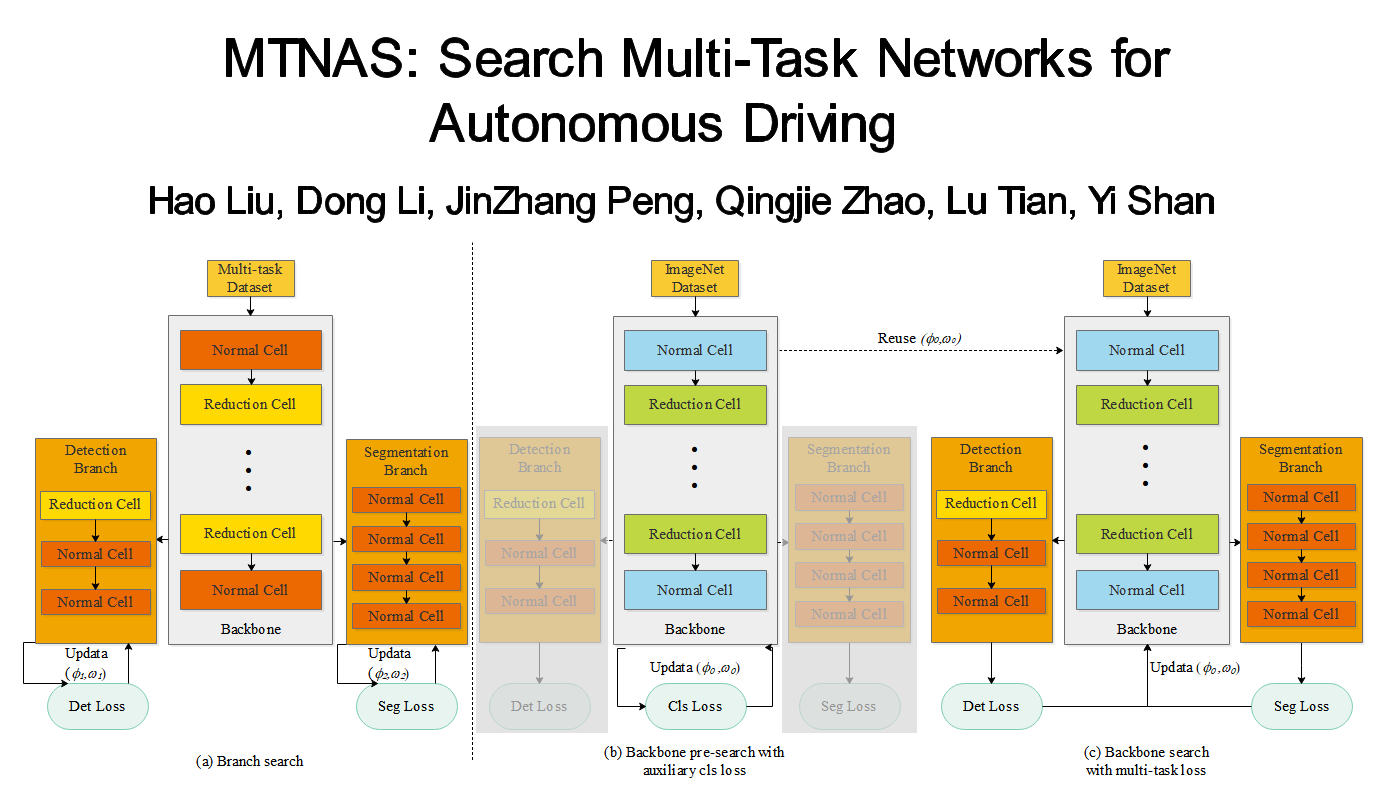



Adashare Learning What To Share For Efficient Deep Multi Task Learning




Multi Task Learning學習筆記 紀錄學習mtl過程中讀過的文獻資料 By Yanwei Liu Medium




Auto Virtualnet Cost Adaptive Dynamic Architecture Search For Multi Task Learning Sciencedirect



Rpand002 Github Io




Learning To Branch For Multi Task Learning Deepai



How To Do Multi Task Learning Intelligently




D How To Do Multi Task Learning Intelligently Machinelearning
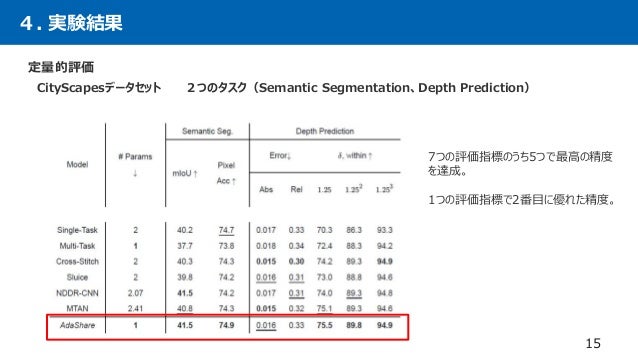



Dl輪読会 Adashare Learning What To Share For Efficient Deep Multi Task



Rpand002 Github Io




Pdf Adashare Learning What To Share For Efficient Deep Multi Task Learning Semantic Scholar




Ximeng Sun Catalyzex




Pdf Deep Elastic Networks With Model Selection For Multi Task Learning Semantic Scholar




Adashare Learning What To Share For Efficient Deep Multi Task Learning Request Pdf




Multi Task Learning In Computer Vision Must Reading Aminer



Rpand002 Github Io



Arxiv Org




Adashare Learning What To Share For Efficient Deep Multi Task Learning




Auto Virtualnet Cost Adaptive Dynamic Architecture Search For Multi Task Learning Sciencedirect



Adashare Learning What To Share For Efficient Deep Multi Task Learning Pythonrepo




논문 리뷰 Adashare Learning What To Share For Efficient Deep Multi Task Learning Nips



Arxiv Org




Home Rogerio Feris




D How To Do Multi Task Learning Intelligently Machinelearning




Adashare Learning What To Share For Efficient Deep Multi Task Learning Papers With Code



Proceedings Mlr Press
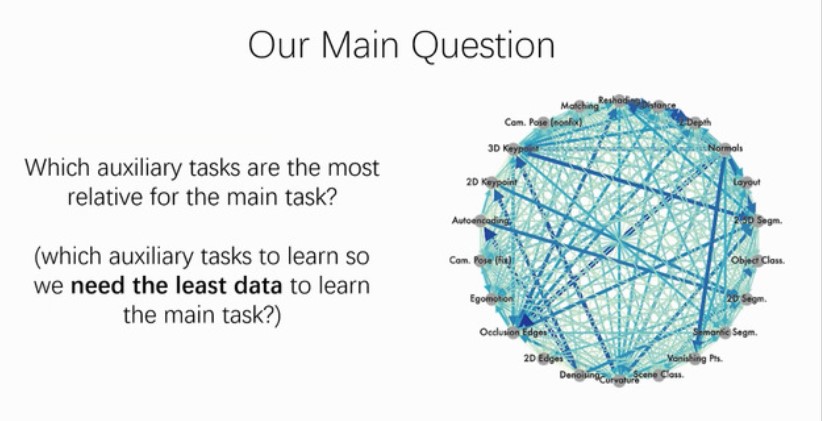



Kate Saenko Proud Of My Wonderful Students 5 Neurips Papers Come Check Them Out Today Tomorrow At T Co W5dzodqbtx Details Below Buair2 Bostonuresearch



Openreview Net
コメント
コメントを投稿